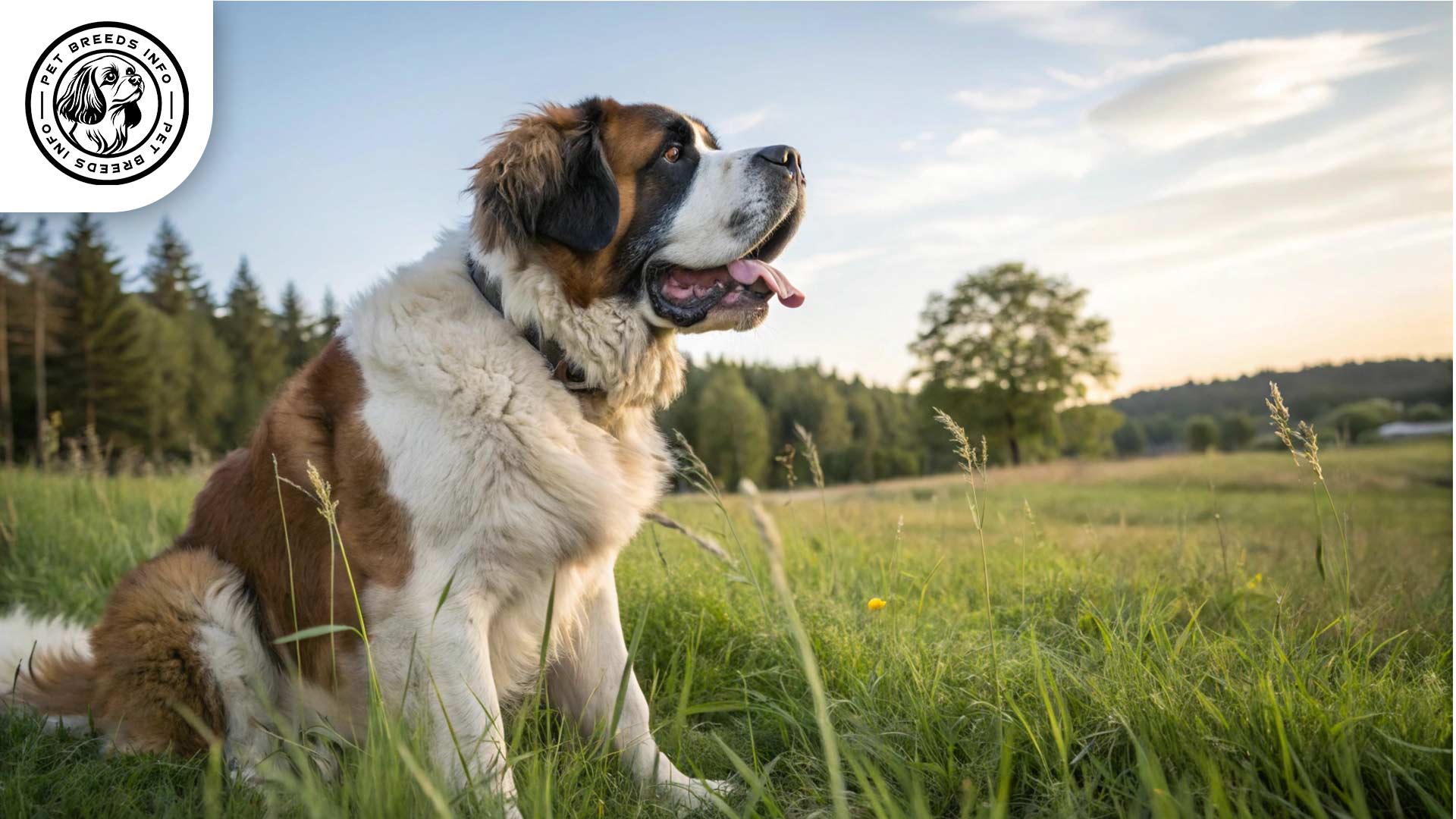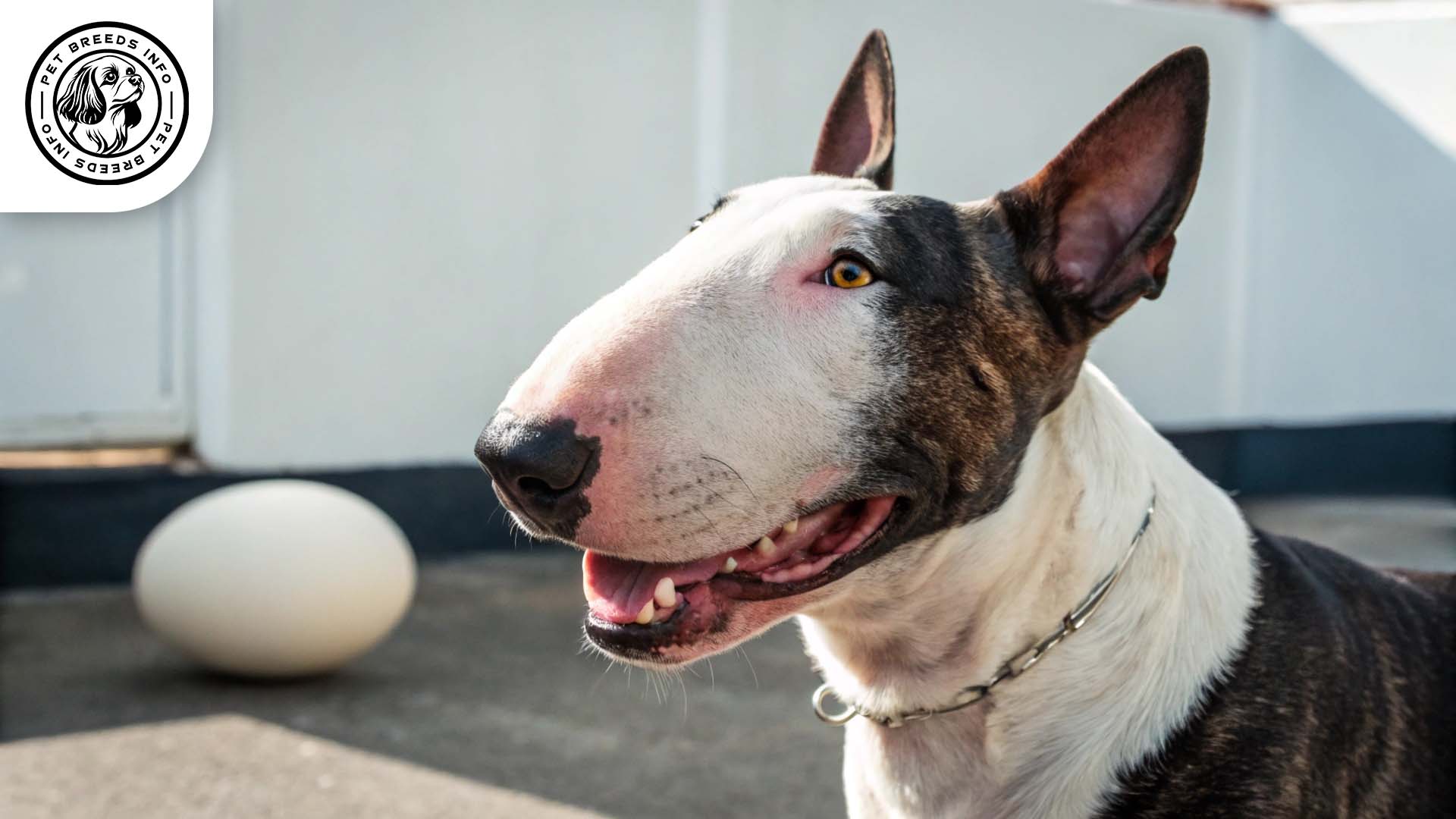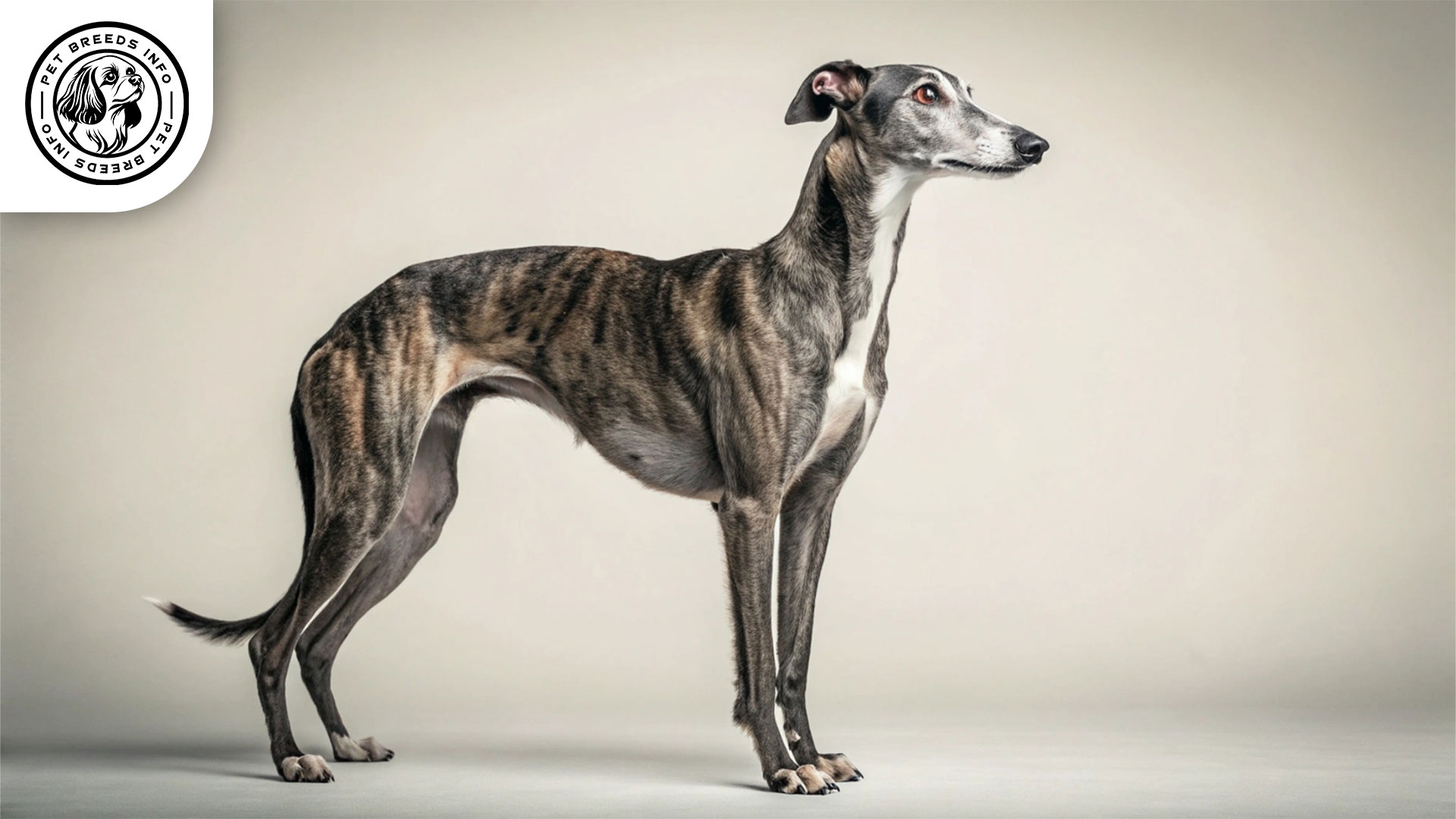Saint Bernard Dog Breed: Size, Health, Price & Personality
General Introduction of the Breed
The Saint Bernard, also known as St. Bernhardshund or Bernhardiner, is a large working dog breed that originates from the Swiss Alps. It was originally bred by the monks of the Great St. Bernard Hospice, a refuge for travelers crossing the Swiss-Italian border. These dogs were used for search and rescue in the snowy mountains, earning a reputation for their strength, endurance, and lifesaving abilities.
Table of Contents
| Color | White with red, brown, or brindle markings |
| Weight | Male: 140-180 lbs (64-82 kg), Female: 120-140 lbs (54-64 kg) |
| Lifespan | 8-10 years |
| Diet | High-quality dry kibble, wet food, or raw diet. Portion control is important. |
| Care | Moderate exercise, daily walks, playtime. Grooming depends on coat length. Sensitive to heat. |
| Health | Prone to hip and elbow dysplasia, bloat, heart disease, epilepsy, bone cancer. |
| Nature | Intelligent, loyal, gentle, affectionate, good with children and other pets. |
| Price | $1,000 to $3,000 (puppy), adoption from shelters is also an option. |
Physical Characteristics
Saint Bernards are a giant breed, with males standing between 26 to 30 inches (66 to 76 cm) tall and weighing between 140 to 180 pounds (64 to 82 kg). Females are slightly smaller, standing 24 to 28 inches (61 to 71 cm) tall and weighing 120 to 140 pounds (54 to 64 kg). They have a thick, dense coat that can either be short or long, available in several color combinations, typically white with red, brown, or brindle markings.
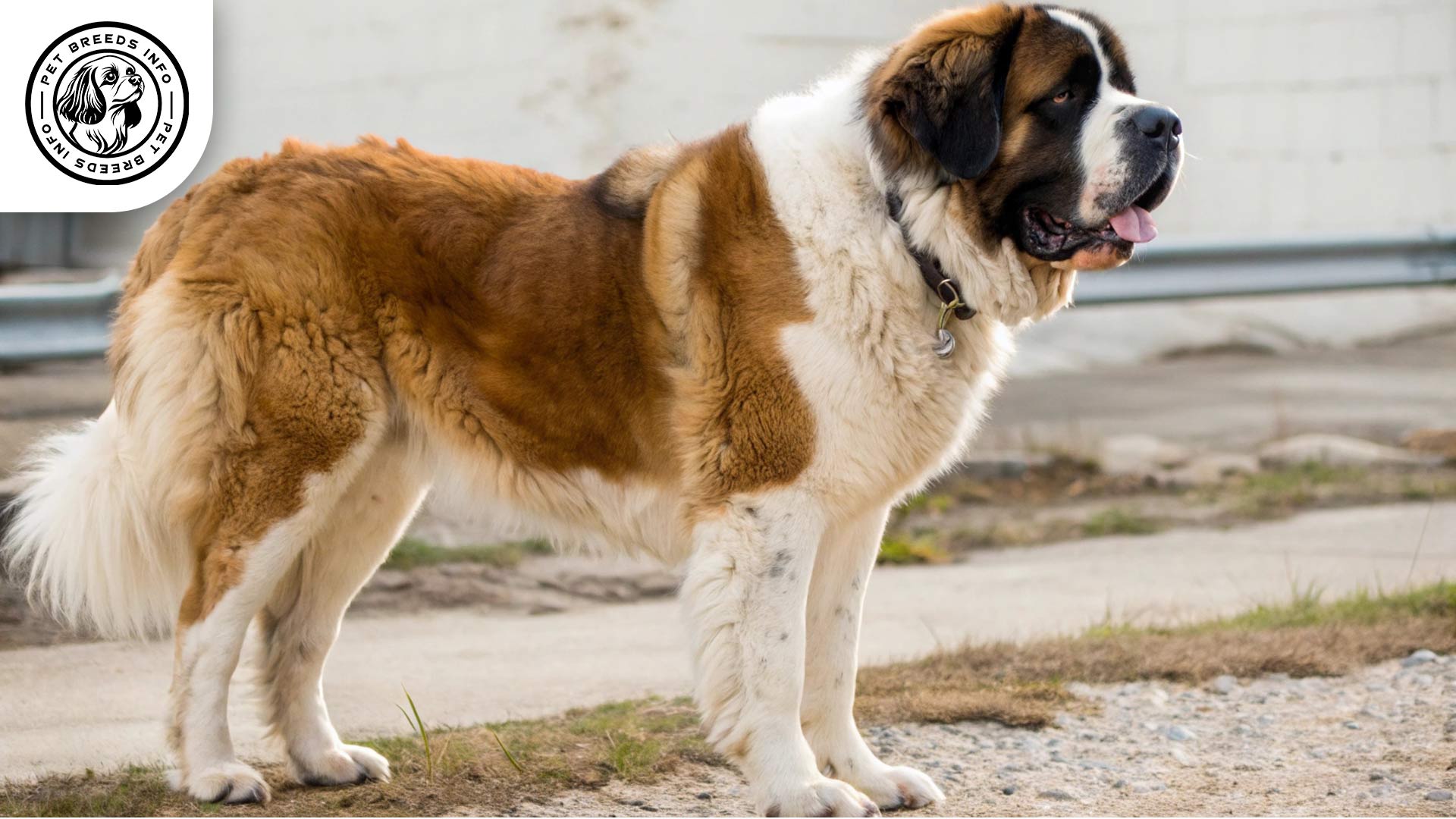
Their eyes are dark brown and expressive, often giving them a kind and gentle look. Their ears are medium-sized, set high, and slightly floppy. The tail is long and bushy, often carried low. Saint Bernards are known for their massive heads, broad muzzles, and signature black mask around their eyes.
Read More: Rottweiler Dog
Personality and Temperament
Saint Bernards are highly intelligent and relatively easy to train, though they can be a bit stubborn. They have a moderate energy level and require daily exercise but are not excessively active. These dogs are incredibly loyal and form strong bonds with their owners. They are gentle giants that are affectionate with family members, including children, and usually get along well with other pets.
They do not have strong hunting instincts and are not aggressive by nature. Despite their large size, they are sensitive to environmental changes and prefer to be indoors with their family rather than being left alone for long periods.
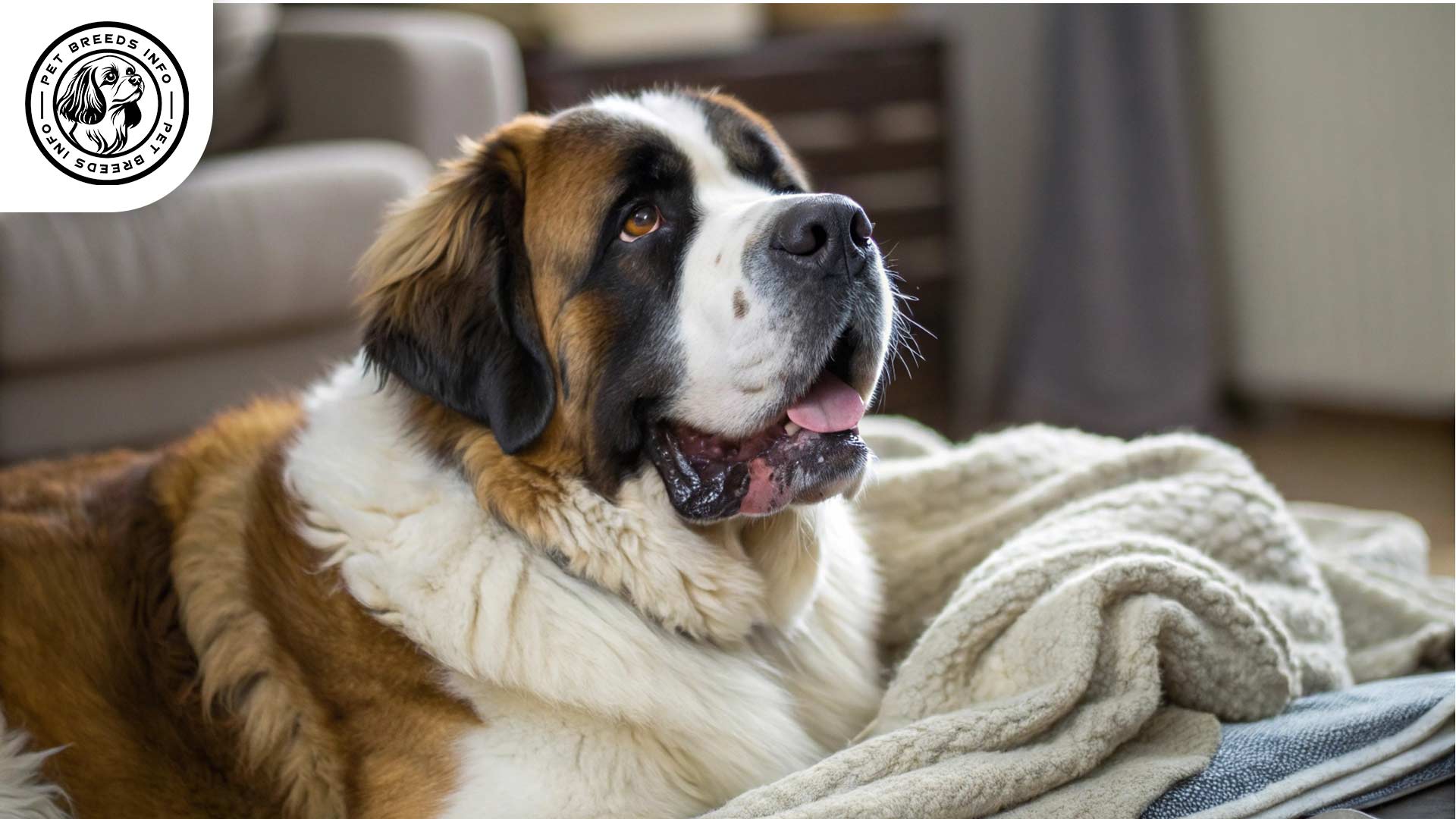
Care and Maintenance Requirements
Saint Bernards require moderate exercise, such as daily walks and playtime. They are not well-suited for apartment living due to their size, but they can adapt if they receive sufficient exercise. A home with a yard is ideal for them.
Their grooming needs depend on coat length. Long-haired Saint Bernards require more frequent brushing, about three to four times a week, while short-haired ones need brushing twice a week. They shed heavily, so regular grooming is necessary. These dogs are sensitive to heat and should not be exposed to hot weather for long durations.
Regular hygiene care includes bathing once a month, trimming nails, cleaning ears to prevent infections, and brushing teeth several times a week.
Diet and Nutrition
A high-quality diet consisting of dry kibble, wet food, or a raw diet is recommended. Since Saint Bernards are prone to obesity, portion control is important. They should be fed two to three balanced meals per day based on their weight and activity level.
Avoid feeding them table scraps, high-fat foods, chocolate, grapes, onions, and bones that can splinter. It is also important to monitor their water intake to avoid bloating, which is a serious health risk for this breed.
Read More: Pointer Dog
Health and Common Medical Issues
Saint Bernards are prone to several health conditions, including hip and elbow dysplasia, bloat (gastric torsion), heart disease, epilepsy, and bone cancer. Due to their large size, they have a relatively short lifespan, typically ranging from 8 to 10 years.
Regular veterinary check-ups, vaccinations, and preventive care measures such as joint supplements and weight management can help extend their lifespan and quality of life.
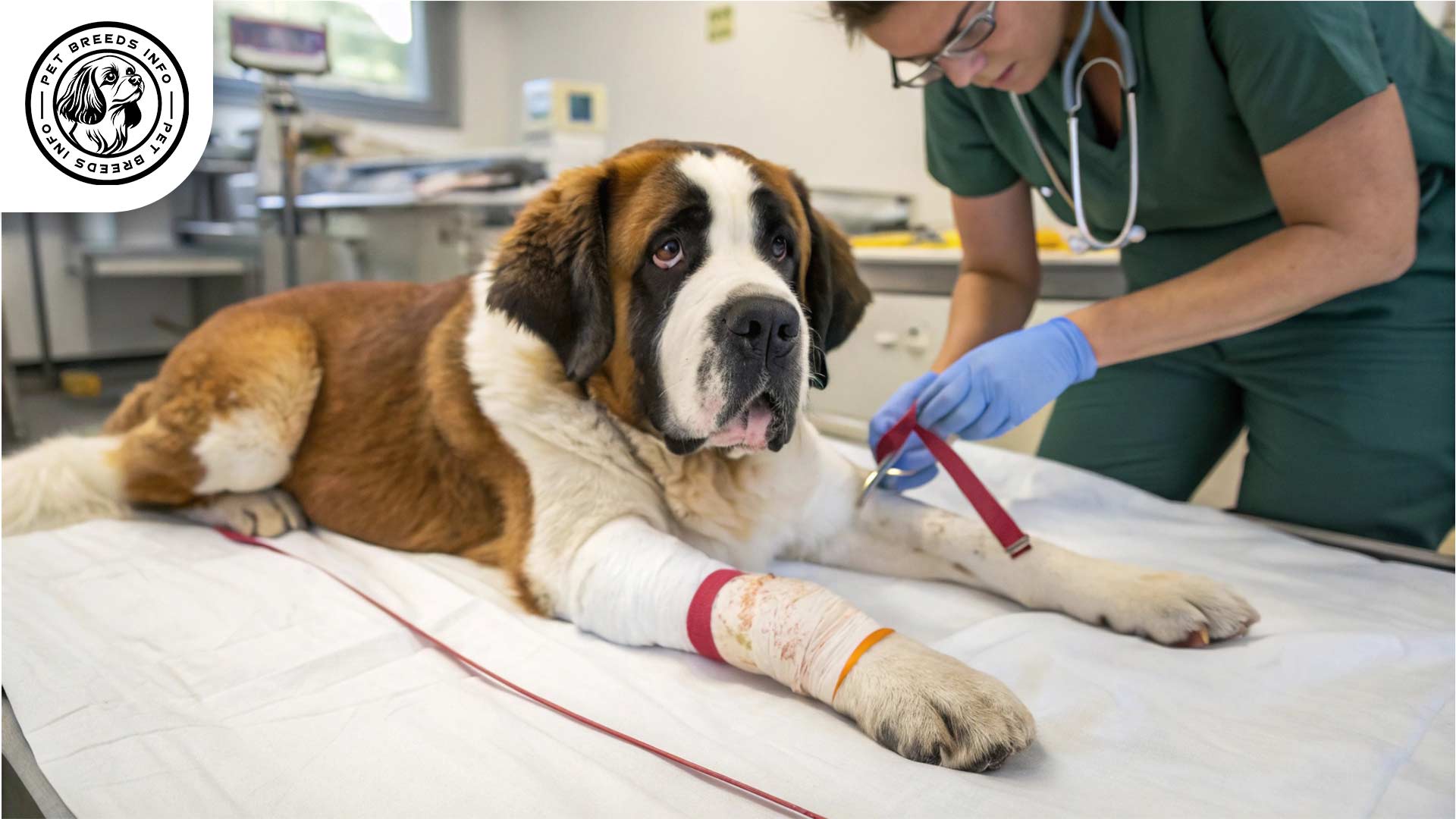
Training and Behavior Management
Saint Bernards are intelligent but can be stubborn, requiring patient and consistent training. Positive reinforcement methods such as treats and praise work best. Early socialization and training are essential to ensure they grow into well-mannered adult dogs.
Basic obedience training, including commands like sit, stay, and come, should start at an early age. They respond well to structured training sessions and should not be subjected to harsh discipline.
Interaction with Other Animals and Humans
Saint Bernards are excellent with children due to their gentle and patient nature. They are highly tolerant and protective, making them great family dogs. They also get along well with other pets, especially if raised together.
They are affectionate and not suited for owners looking for an independent dog. They thrive in family environments where they receive love and attention.
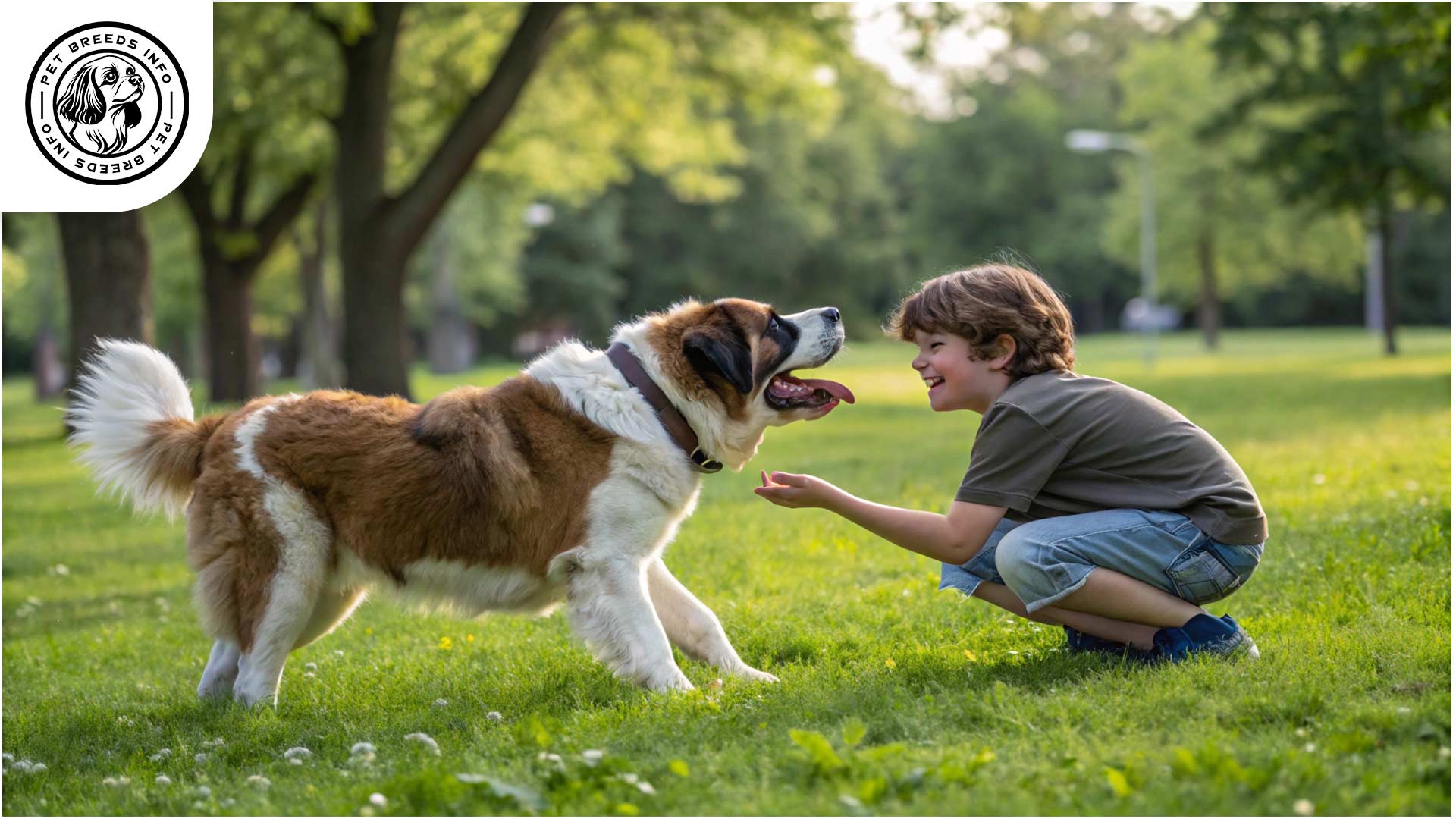
Price and Availability
The price of a Saint Bernard puppy varies based on pedigree, breeder reputation, and location, typically ranging from $1,000 to $3,000. Adopting from shelters or rescue groups is an excellent alternative and often costs less.
When purchasing from a breeder, it is crucial to choose a reputable source that follows ethical breeding practices to ensure the puppy is healthy and free from genetic issues.
Read More: Pug Dog
Conclusion and Final Thoughts
Saint Bernards are loyal, affectionate, and gentle giants that make excellent family pets. However, their large size, grooming needs, and predisposition to health issues require responsible ownership.
They are best suited for homes with ample space and owners who can provide adequate exercise, training, and attention. Due to their sensitivity to heat and health risks, potential owners should carefully consider whether they can meet this breed’s needs before bringing one home.
FAQ
What is the average lifespan of a Saint Bernard?
Saint Bernards typically have a lifespan of 8 to 10 years.
Are Saint Bernards good with children and other pets?
Yes, Saint Bernards are known for their gentle and patient nature, making them excellent family dogs. They generally get along well with children and other pets, especially if raised together.
What are the common health issues that Saint Bernards are prone to?
Saint Bernards are prone to several health conditions, including hip and elbow dysplasia, bloat (gastric torsion), heart disease, epilepsy, and bone cancer.
How much exercise do Saint Bernards require?
Saint Bernards require moderate exercise, such as daily walks and playtime. They are not excessively active but need regular physical activity to maintain their health.
What is the typical price range for a Saint Bernard puppy?
The price of a Saint Bernard puppy typically ranges from $1,000 to $3,000, depending on factors such as pedigree, breeder reputation, and location. Adopting from shelters or rescue groups is also a viable and often less expensive option.
